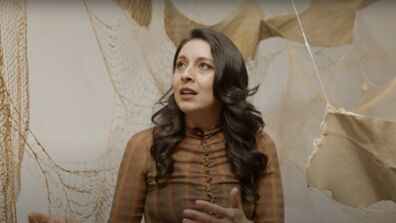
Racquel Davey (MArch 2011)
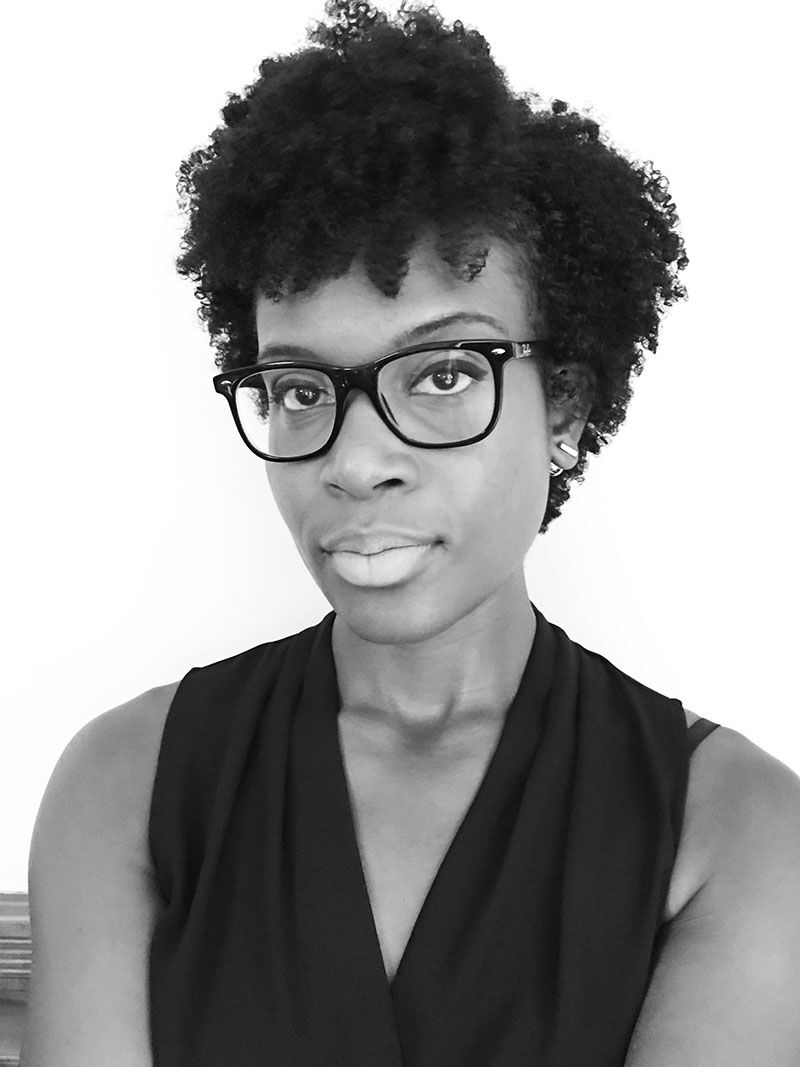
Where are you now and what kind of work/projects are you currently working on?
On paper, I’m a registered architect who lives and works in the Boston metropolitan area. I’ve been at ICON Architecture for about five years and have been instrumental in building the Education Studio or higher-ed practice at the firm. However, at heart, I’m a cultural anthropologist who is passionate about uncovering ways in which people perceive and interact with space.
Although still relatively young in my career, I’ve worked on a number of project types within academia, from maker to omnicultural spaces. My main focus, however, has been learning spaces, both in libraries and classrooms. It never ceases to amaze me at how radically different the exchange of information is in higher education when compared to a decade ago. With this shift in pedagogy and increased focus on learning outcomes, colleges and universities are now in the process of retrofitting 20th century libraries into learning commons and classrooms into active learning environments. It’s not just about architecture either, but how technology and furniture systems are integrated into space to enhance the collaborative experience.

How did SAIC prepare you for where you are today? What particular classes/projects/approaches to subjects influenced you?
Being a student at SAIC taught me not to be afraid of asking a lot of questions (even the absurd ones) and that it’s okay to be curious. I find that clients don’t necessarily know what exactly it is they want at the beginning of a project. They may have an idea, but it’s not fully developed, and so it's up to the Architect to ask one hundred and one questions in order to get the information needed to make informed decisions.
This confidence of asking the absurd transpired in my second year during a second semester studio that investigated various ways of creating a new center for urban agriculture and forestry in the West Humboldt Park neighborhood. This was a collaborative effort with Cobb Connection and the CommuniTree Initiative.
I also discovered the power of working with people and not for people. Being able to act more as a facilitator and not director of conversation is key to accomplishing a project’s mission and goals. I learned the importance of this approach from the COM(M)A GFRY Studio as we worked with multiple stakeholders, including a Chilean NGO and the Talca community, to achieve the project mission of rebuilding a neighborhood after a devastating earthquake.
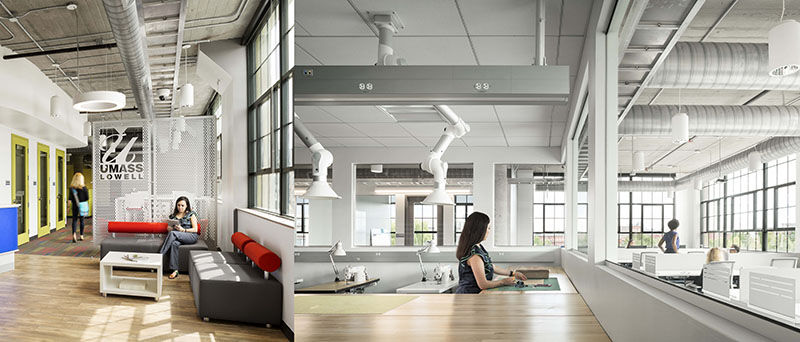
What career advice do you have for current students, looking at how you see your field evolving, what is critical for the future practitioner?
I can offer two nuggets of advice as it relates to advancing in the profession of architecture: get licensed and remain relevant. When you’re licensed, I find that people take your professional advice more seriously. You may say you’re an expert in a particular subject matter, but if you don’t have the credentials to back it up, it’s difficult to convince a potential client otherwise. It’s similar to entrusting a non-licensed doctor to successfully perform open-heart surgery: not happening! Also, if you remain relevant, meaning if you keep up with the latest in your field of expertise or you’re able to offer clients an alternate experience, they will want to hire you and/or keep you as a repeat architect. A good example is my firm will now be able to offer clients the ability to experience their projects using virtual reality and not only through 3D renderings. Another example is I will be able to offer clients the opportunity to have a WELL certified project if their primary objective is to provide healthy interior environments for their building occupants; I’m currently pursing my WELL accreditation.
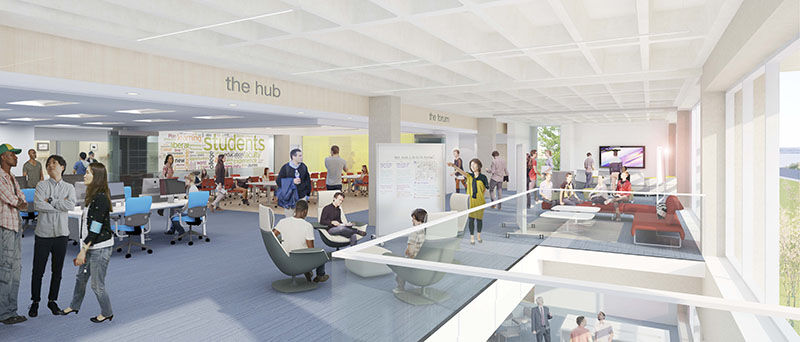
With whom did you study at SAIC or who influenced you?
I must attribute my career successes to Anders Nereim, for believing in my project ideas and technical abilities, Odile Compagnon and Paul Tebben for giving me the tools to be a good negotiator and collaborator, and Drea Howenstein for providing me the skill set to keep in tune with my community.
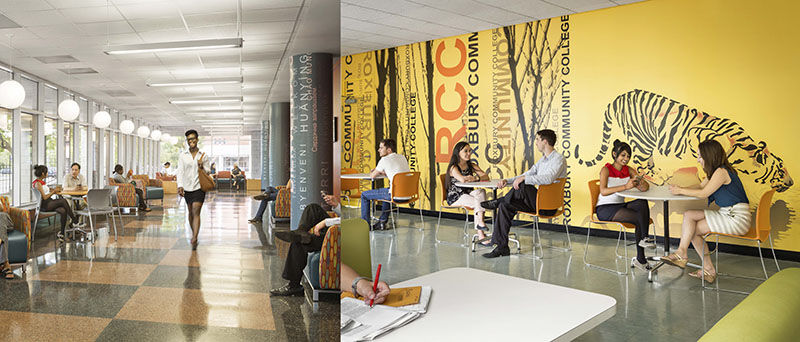
Racquel Davey of ICON Architecture is both an optimist and a student of cultural anthropology. She approaches every endeavor with sincere curiosity and the commitment to achieve the best possible outcome. She values the human experience within interior environments and advocates for the design thinking process as well as collaborative design strategies that encompass space planning, furniture systems and technology. This includes discovering new trends that can be pragmatically applied within academia.
Her architectural studio experiences in Chile, China and Brazil have informed her sense of not just working for people, but working with people, which has been fundamental in building professional relations and achieving project successes. In 2015, she spearheaded the reactivation of the National Organization of Minority Architects for the Boston chapter, and is currently Chapter President, and volunteers with several organizations that expose grade level students to the design profession in efforts to encourage more minority participation in creative industries.
